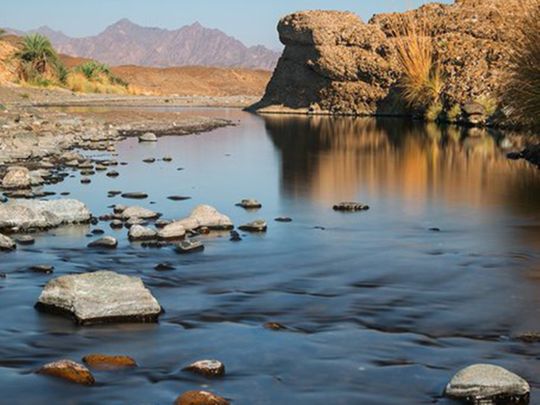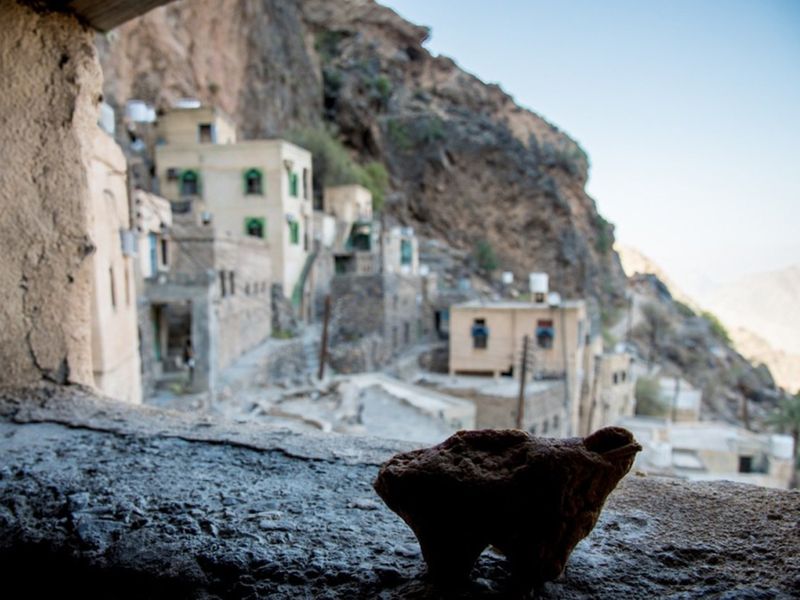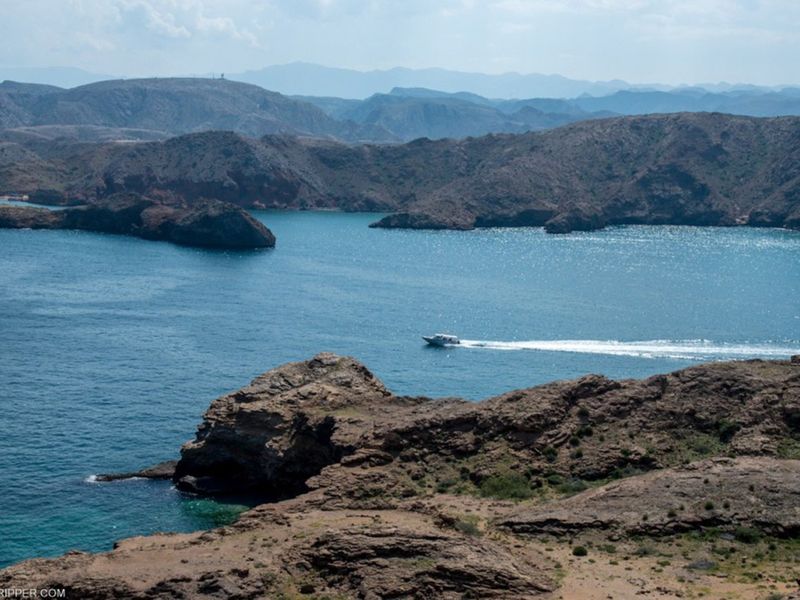
Muscat: Oman joins the rest of the world in celebrating the World Heritage Day that is celebrated today, reports Oman News Agency (ONA).
This year’s celebration under the theme “Rich Past: A Diverse Future” is in response to global calls for preserving cultural heritage and to get the participation of everyone to highlight the many different and rich cultural heritage aspects of their country.
Oman is known for the importance it gives in preserving its cultural heritage. There a number of monuments, and historical sites in Oman that have been listed as UNESCO heritage sites and have won international appreciation for their beauty and preservation.

The Ministry of Heritage and Tourism undertook a survey to document heritage houses of exceptional architectural value and to ensure their protection. Projects are also underway to open the way for future architectural studies, as the traditional heritage houses in Oman are unique with their distinctive architectural heritage.
Among the many important achievements of the Sultanate, represented by the Ministry of Heritage and Tourism, was the unveiling of the Aqir Al Shumous site in the Wilayat of Yanqul, which is the first archaeological site in the entire GCC region associated with the mining and production of soapstone.

It was revealed by a team of Omani archaeologists working together with a mission from the University of John Hopkins of America that the site dates back to the first millennium BC. The site, the team said, was a quarry for cutting smooth steatite which also had a settlement containing workshops for its production.
The archaeological surveys have documented a lot of broken smooth stone vessels damaged from the manufacturing process. Preliminary studies confirmed that this site dates back to the Iron Age with the possibility of the same site continuing into the Islamic era.








